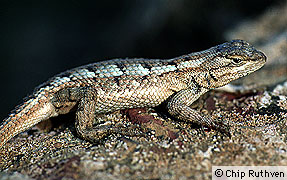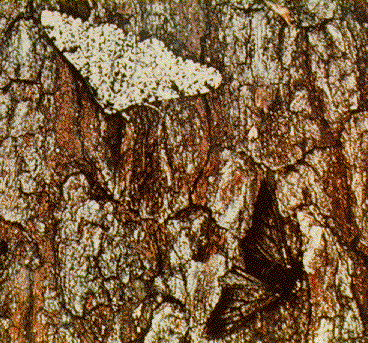| BIO326 : Population : Life Histories and Evolution : Lesson | ||||
| BIO326 : Population : Life Histories and Evolution : Lesson | ||||
 |
Glossary terms that are important in this lesson:
Annual, bet hedging, genetic load, genotype, indeterminate growth, industrial melanism, iteroparity, perennial, phenotype, reaction norm, ruderal, semelparity, senescence, trade-off Lady beetle life history stages. |
Organisms are faced with environmental challenges and have limited resources. The allocation of these resources to growth and reproduction results in a life history which tends to maximize fitness under prevailing conditions.
I. Life Histories
|
 |
II. Population Genetics and Evolution
|
 |
When you have completed this lesson, go on to Review Questions
 Copyright 1999
Northern Arizona University
Copyright 1999
Northern Arizona University